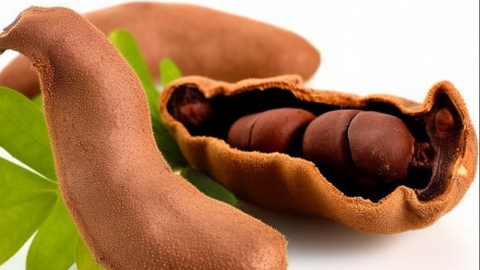Can I eat tamarind during the second trimester of pregnancy if I have eczema?
Whether women with eczema in the second trimester can consume tamarind mainly depends on individual constitution. If the patient is not allergic to tamarind, it is generally acceptable to consume it in moderation. However, if the patient is suspected to be allergic to tamarind, it is not recommended. Detailed explanation is as follows:

Tamarind has the effects of replenishing vital energy, stimulating the production of body fluids, strengthening the spleen and stomach, and eliminating food stagnation. Consuming it in moderate amounts can help improve appetite and digestion. If the pregnant woman herself is not allergic to tamarind, it is acceptable to consume moderate amounts during the second trimester even with eczema. However, excessive consumption should be avoided to prevent gastrointestinal discomfort or other side effects, such as abdominal pain and acid reflux, which are detrimental to maternal and fetal health.
However, if the pregnant woman has had allergic reactions to tamarind or similar foods in the past, or if the eczema is suspected to be caused by food allergies, tamarind should be avoided to prevent exacerbation of eczema symptoms or triggering other allergic reactions. If the eczema symptoms are severe, it is recommended that the patient seek medical guidance for treatment and follow the doctor's dietary advice.
During the recovery period, it is recommended that pregnant women avoid consuming spicy, greasy, and irritating foods, such as chili peppers, hot pots, and barbecues, to prevent worsening of eczema symptoms.




